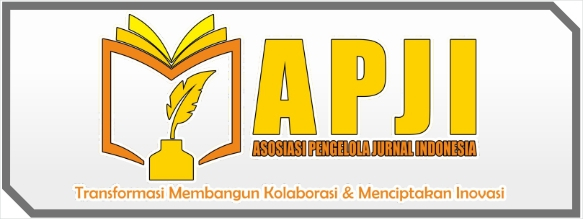Pendidikan Holistik Komprehensif
DOI:
https://doi.org/10.53958/ft.v5i1.430Keywords:
Education, Holistic, ComprehensiveAbstract
Conprehensive holistic education is an educational approach that focuses on the overall development of student not only cognitive but also emosional, social and physical. In this context, education does not only focus on imparting academic knowledge, but also pays attention to personality development, interpersonal skills and individual psychophysical well-being. This journal outlines the basic principles and benefits of comprehensive holistic education to form a generation that is more balanced and able to face the challenges of the times. Therefore, ideally every person can acquire these skills in a comprehensive manner so that education is truly able to give birth to a generation whose character continues to master science and technology. By combining varios dimensions of development, comprehensive holistic education aims to create a learning environment that support optimal growth of students and prepares them facing the complexities of of modern life.
References
Solekan. “Holistik,” 2022. Http://Digilib.Uin-Suka.Ac.Id/Id/Eprint/49641.
Studi, Program, and Pendidikan Agama. “Konsep Pendidikan Islam Holistik dalam Memenangkan Persaingan Di Era Mileneal” I, No. 1 (2019): 35–50.
Yusuf Muhammad. “Pendidikan Holistik Menurut Para Ahli Muhammad Yusuf Sekolah Tinggi Agama Islam (Stai) Darud Da’wah Wal-Irsyad ( Ddi ) Kota Makassar,” 2021, 2–8.
Zainal Azman, 2019 “Pendidikan Islam Holistik dan Komprehensif”.














